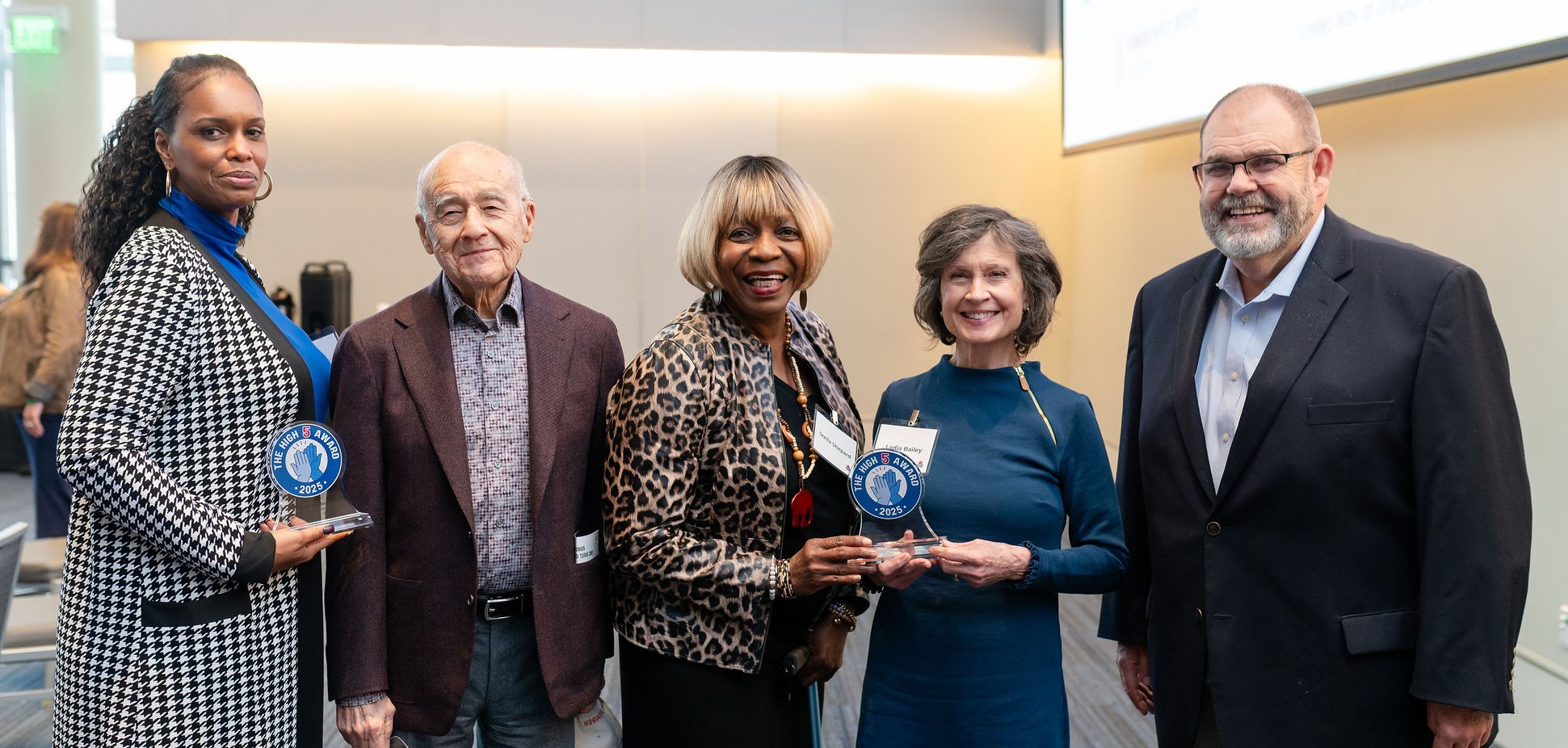Ohioans are becoming more connected than ever before. According to the newly released American Community Survey 2020 5-year estimates, 84.9% of Ohio households (4,003,564 households) are connected to the internet. The majority (84.5%; 3,988,413 households) of these connections are high speed broadband connections, such as cable, fiber optic, cellular data, or satellite services, however, a small number (0.3%; 15,151) of households are still using dial-up. This places Ohio right in line with the national rate of internet connectivity of 85.5%, and the 30th most connected state. A look back at historical census data indicates trends towards increased connectivity.
Nearly 93% of households engaged in online learning with their children at some point during the pandemic and telehealth use skyrocketed.
The importance of internet access cannot be overstated. In the last week alone I attended classes, collaborated with my coworkers, facetimed with my mother, chatted with my doctor, and ordered a special kind of crafting knife I couldn’t seem to locate anywhere in person. This reliance on the internet has become critically important during the Pandemic. Indeed, 90 percent of Americans agreed that the internet had become essential or important for them personally during the pandemic, and 40% reported using digital technology or the internet in new or different ways since the pandemic[1]. Nearly 93% of households engaged in online learning with their children at some point during the pandemic[2], and telehealth use skyrocketed[3].
What is the Digital Divide?
Despite our reliance on the internet for our daily lives, and Ohio’s growing connectivity, there are still roughly 15% (713,662) of Ohio households that are still not connected to the internet. And this disconnect is not equal. This inequitable access to the internet has been called the Digital Divide. The National Telecommunications and Information Administration highlighted in a 2020 memo that despite increases in internet usage, a “persistent digital divide still exists based on income levels, age groups, and race, among other factors” [4] These are findings that my colleague Eboney Thornton has explored in depth in her piece about Cuyahoga County’s Digital Divide, and the purposeful similarities to redlining.
These are findings that I touched in on The Center for Community Solutions Neighborhood Fact Sheets, in which poverty and a lack of internet connectivity were closely linked.
But my colleague Emily Muttillo also just wrote about a recently observed changing paradigm when it comes to our understanding of older adults and internet usage, lending evidence to the notion that older adults are indeed becoming more connected. So with the release of the 2020 American Community Survey data, we will explore the Digital Divide by income, age, and race in the state of Ohio.
Income and the Digital Divide

Age and the Digital Divide

Race and the Digital Divide


A rising signal lifts all connections (sort of)
Across the state, internet connectivity continues to increase, and the number of households with stymied access to the modern world is shrinking. However, the Digital Divide is alive and well in Ohio, and the gaps in internet connectivity continue to persist along predictable and historic demarcations of income, age, and race. It is of course encouraging to see the divides shrinking every year, but it must continue to be a goal both statewide and locally to close these gaps and provide equitable and affordable internet access for all Ohioans. I don’t have to tell you how important it is to have access to the internet; it’s not like you’re reading this in a newspaper.
[1] https://www.pewresearch.org/internet/2021/09/01/the-internet-and-the-pandemic/
[2] https://www.census.gov/library/stories/2020/08/schooling-during-the-covid-19-pandemic.html
[3] https://www.cdc.gov/mmwr/volumes/69/wr/mm6943a3.htm
[4] https://www.ntia.doc.gov/blog/2020/ntia-data-reveal-shifts-technology-use-persistent-digital-divide








